The hips play a crucial role in our everyday movement, providing the support and flexibility needed for activities like walking, sitting, and bending. However, when a hip dislocates, the impact on our lives can be severe. Hip dislocation can be particularly devastating after hip replacement surgery, a procedure meant to restore mobility and alleviate pain.
Dr. Sandeep Singh, one of the best orthopedic doctor in Bhubaneswar, emphasizes:
“While hip dislocation is a severe condition on its own, experiencing it after a hip replacement can have even more significant consequences. A dislocated hip not only reverses the benefits of the surgery but also adds a new layer of challenges for the patient. Hip replacement dislocation is a severe complication that requires immediate medical attention to prevent further damage and ensure proper healing.”
This blog explores the causes, prevention, and treatment of hip dislocation after hip replacement surgery.
Hip Replacement and Post-Op Hip Dislocation Risk
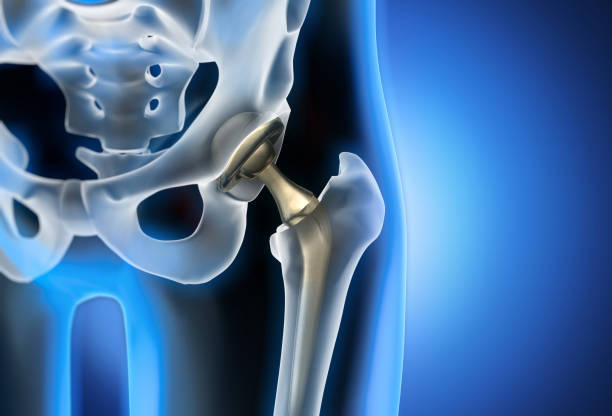
Dr. Sandeep Singh, a trusted name for hip replacement surgery in Bhubaneswar, says:
“Hip replacement surgery, or hip arthroplasty, has transformed many lives, offering relief from pain and a return to normal activity. The global success rate of hip replacement is impressive, with over 95% of patients experiencing significant improvements in their quality of life. However, dislocation after a hip replacement remains a concern for some patients.”
Globally, the rate of hip dislocation following a replacement ranges between 1% and 5%. While these numbers may seem small, they represent thousands of patients who face this complication each year.
Have you or a loved one had dislocation after hip replacement? Consult a qualified orthopedic specialist today to explore effective treatment options and regain mobility.
Beware! These everyday actions could put you at risk.
Movements Causing Dislocation after Hip Replacement
Certain movements are more likely to cause a dislocation after hip replacement. These include
- Bending the hip too far forward, especially beyond 90 degrees
- Crossing the legs at the knees or ankles
- Getting in and out of a car
- Twisting the hip or torso suddenly, especially while the foot is planted
- Pivoting on the affected leg
- Sitting in low chairs or on soft surfaces where the hips are lower than the knees
- Squatting or reaching down to tie your shoes
- Lying on the affected side without proper support
- Excessive external or internal rotation of the hip
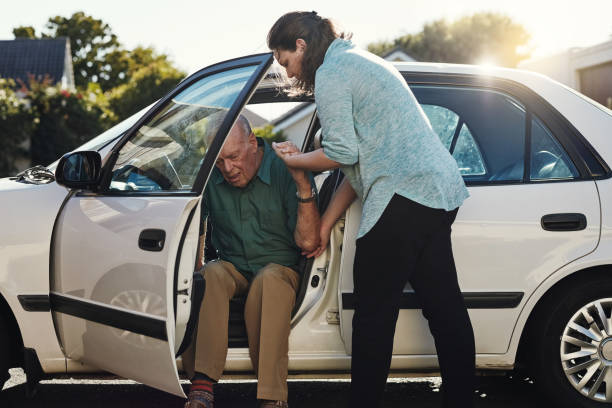
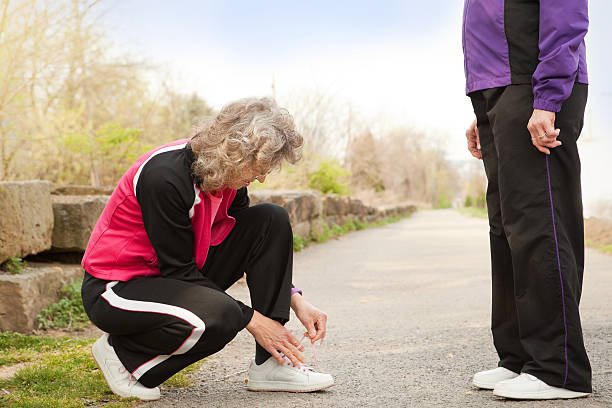
Dr. Sandeep Singh, a distinguished orthopedic doctor in Bhubaneswar, points out, “In today’s fast-paced world, we often forget to move mindfully, especially after surgery. However, caution is crucial for patients who have undergone hip replacement. Patients must avoid sudden, jerky movements and follow their physical therapist’s instructions closely during recovery.”
Prevention is key! Here’s what you need to know.
Tips to Avoid Dislocation after Hip Replacement
Avoiding dislocation after hip replacement requires awareness, lifestyle modifications, and adherence to medical advice. Here are some steps to reduce the risk:
Follow Post-Operative Guidelines: Always adhere to the guidelines provided by your surgeon and physical therapist. This includes specific ways to sit, stand, and move.
Use Assistive Devices: Consider using devices like raised toilet seats or reaching aids to minimize the need for bending.
Strengthen Surrounding Muscles: Engage in prescribed exercises that strengthen the muscles around the hip, providing better support for the joint.
Mindful Movement: Avoid high-risk activities and movements, such as bending too far forward or crossing your legs.
Regular Follow-ups: Keep up with your scheduled appointments to ensure your hip is healing correctly.
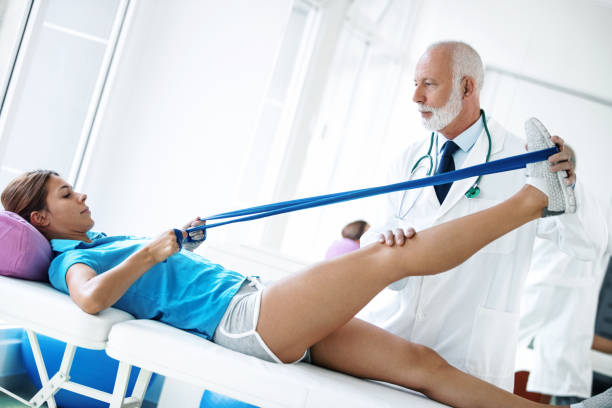
By following these steps, patients can significantly minimize the chances of dislocation and ensure a smoother recovery.
So, what happens if it does dislocate? Here’s the plan.
Treatment for Hip Dislocation After Hip Replacement
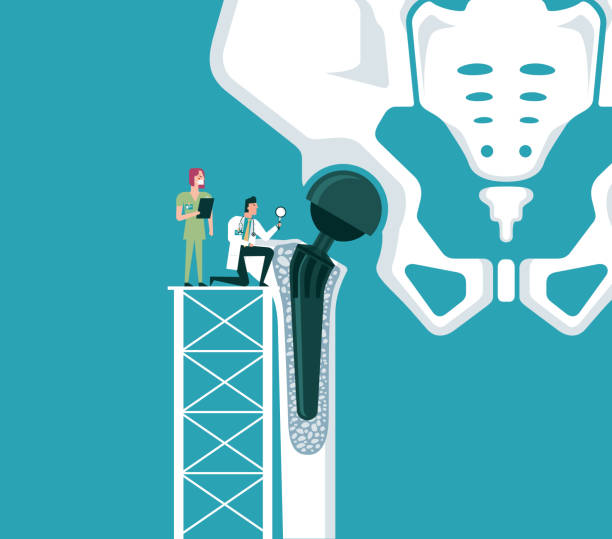
If a dislocation occurs after hip replacement, seeking immediate medical attention is crucial. Treatment for hip dislocation after hip replacement varies depending on the severity of the dislocation:
Closed Reduction: In many cases, the surgeon can manually reposition the dislocated hip (under sedation) without surgery through a process called closed reduction.
Surgical Intervention: If closed reduction is unsuccessful or the dislocation recurs, surgery may be necessary to correct the issue. This could involve adjusting the position of the implant or replacing specific components.
Rehabilitation: Post-treatment, managing discomfort and rehabilitation is essential to regain strength and stability in the hip joint. Your doctor will create a personalized physical therapy plan to address your needs.
Have you considered what steps you would take if you experienced a dislocation? It’s important to be informed and prepared. For further guidance, consult a specialized orthopedic doctor.
Conclusion
Our hips are fundamental to our mobility, affecting everything from our daily routines to our overall quality of life. Hip dislocation, particularly after a replacement, can severely disrupt this balance. Managing and preventing dislocation requires careful adherence to medical advice and a commitment to safe movement.
Dr. Sandeep Singh, a sought-after orthopedic doctor for hip replacement surgery in Bhubaneswar, reminds us:
“The key to a successful recovery is managing the hip with care and attention. Though dislocation is a challenging complication, with the right approach, patients can overcome it and return to their normal activities. For those facing the prospect of hip replacement, there is hope and a path to healing.”
Let’s address some common questions on the subject.
FAQs
Can you walk with a dislocated hip replacement?
Walking with a dislocated hip replacement is extremely painful and should be avoided. Seek medical attention immediately.
What should I avoid after hip dislocation?
Avoid bending at the waist, crossing your legs, and twisting your hip. These actions can increase the risk of another dislocation.
What exercises should you avoid after hip dislocation?
Steer clear of high-impact exercises, deep squats, and any movements that involve heavy hip rotation or bending.
What is the most common problem with hip replacement?
The most common problem with hip replacement is dislocation, where the new joint slips out of place.
How can I recognize the signs of a dislocated hip replacement early?
Early signs include sudden, sharp pain in the hip, difficulty moving the leg, and visible changes in the leg’s length or alignment.
Can a dislocated hip replacement go back into place on its own?
A dislocated hip replacement is unlikely to reposition on its own; immediate medical intervention is usually required.
Can certain sleeping positions increase the risk of hip dislocation after replacement?
Yes, sleeping on the affected side or in a position that excessively rotates the hip can increase the risk of dislocation.
What role does muscle strength play in preventing hip dislocation after replacement?
Strong surrounding muscles provide better support to the hip joint, reducing the risk of dislocation.
Can wearing specific shoes contribute to the risk of dislocation after hip replacement?
Wearing unstable or high-heeled shoes can alter your gait and increase the risk of hip dislocation by compromising balance and hip alignment.

